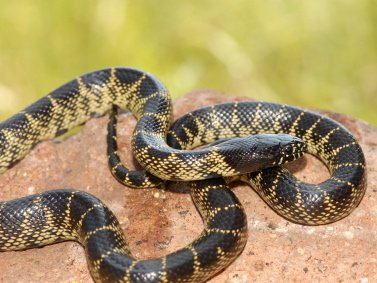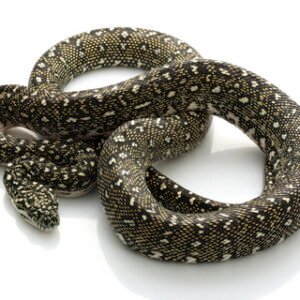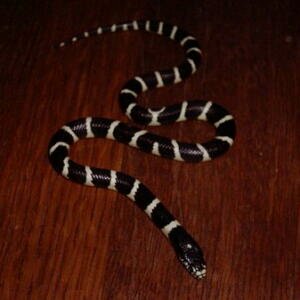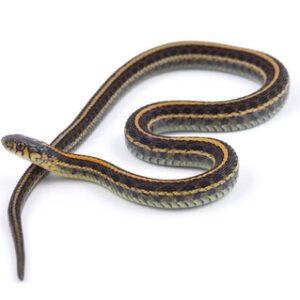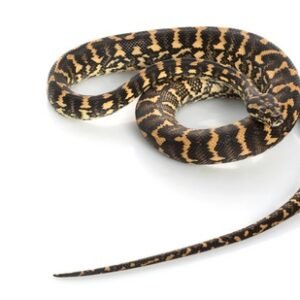The Unique Characteristics of the Desert Kingsnake
The Desert Kingsnake (Lampropeltis getula splendida) is notable for its distinctive features, which set it apart from other snake species. One of the most prominent characteristics is its non-venomous nature, making it a harmless species to humans and pets, which often contributes to its popularity among reptile enthusiasts. Unlike some of its more dangerous counterparts, the Desert Kingsnake relies on constriction to subdue its prey, displaying a fascinating behavioral adaptation.
In terms of color, Desert Kingsnakes exhibit a range of variations, primarily influenced by their habitat. Their typical coloration includes shades of yellow, cream, or light brown, adorned with dark brown or black bands. These color patterns not only enhance their beauty but also serve a practical purpose — providing effective camouflage in their arid surroundings. Additionally, the size of these snakes can vary significantly, with adults typically reaching lengths of 3 to 4 feet, although some can grow longer.
Desert Kingsnakes possess several sensory adaptations that aid their survival in harsh desert environments. They have distinctive heat-sensing pits located between their eyes and nostrils, which allow them to detect warm-blooded prey even in low light conditions. This unique sensory capability enhances their hunting techniques, enabling them to locate and ambush small mammals, birds, and lizards effectively.
Furthermore, the role of the Desert Kingsnake within the ecosystem is vital. As both predator and prey, it contributes to controlling the populations of its prey species, while simultaneously serving as a food source for larger predators, including birds of prey and coyotes. This intricate balance is essential for maintaining ecological integrity, highlighting the importance of the Desert Kingsnake in its native habitat. Such unique characteristics underscore the Desert Kingsnake’s adaptability and significance within the desert ecosystem.
Habitat and Conservation of the Desert Kingsnake
The Desert Kingsnake, scientifically known as Lampropeltis getula species, typically thrives in arid desert environments across the southwestern United States and parts of Mexico. These snakes are frequently found in various types of deserts, including the Sonoran Desert, Mojave Desert, and Chihuahuan Desert. Within these broader environments, the Desert Kingsnake exhibits a preference for specific microhabitats, such as rocky outcrops, desert scrub, and areas with an abundance of vegetation. These locations not only provide shelter and concealment from predators but also facilitate hunting opportunities for rodents, lizards, and other small creatures that constitute their diet.
The climate conditions in these desert regions greatly influence the behavior and activity patterns of the Desert Kingsnake. They exhibit a diurnal lifestyle, often basking in the sunlight during cooler days and retreating to shaded or cooler areas during extreme heat. Their adaptation to the fluctuating temperatures and arid conditions showcases their remarkable resilience. However, despite their adaptations, the Desert Kingsnake faces numerous conservation challenges. Habitat loss, primarily due to urban development and agricultural expansion, represents a significant threat to their populations. Additionally, climate change is altering the ecosystems in which these snakes exist, impacting resource availability and encouraging shifts in their natural habitats.
Human interactions further compound the threats facing the Desert Kingsnake. Road mortality and illegal collection for the exotic pet trade have contributed to declining numbers in certain areas. To ensure the survival of this unique reptile, comprehensive conservation strategies must be implemented. Habitat restoration initiatives, such as reintroducing native vegetation and creating wildlife corridors, are essential. Furthermore, public awareness campaigns can educate communities about the ecological value of the Desert Kingsnake and the importance of preserving its habitat. By taking proactive steps toward conservation, we can safeguard the future of this remarkable species and ensure its continued presence in our ecosystems.

